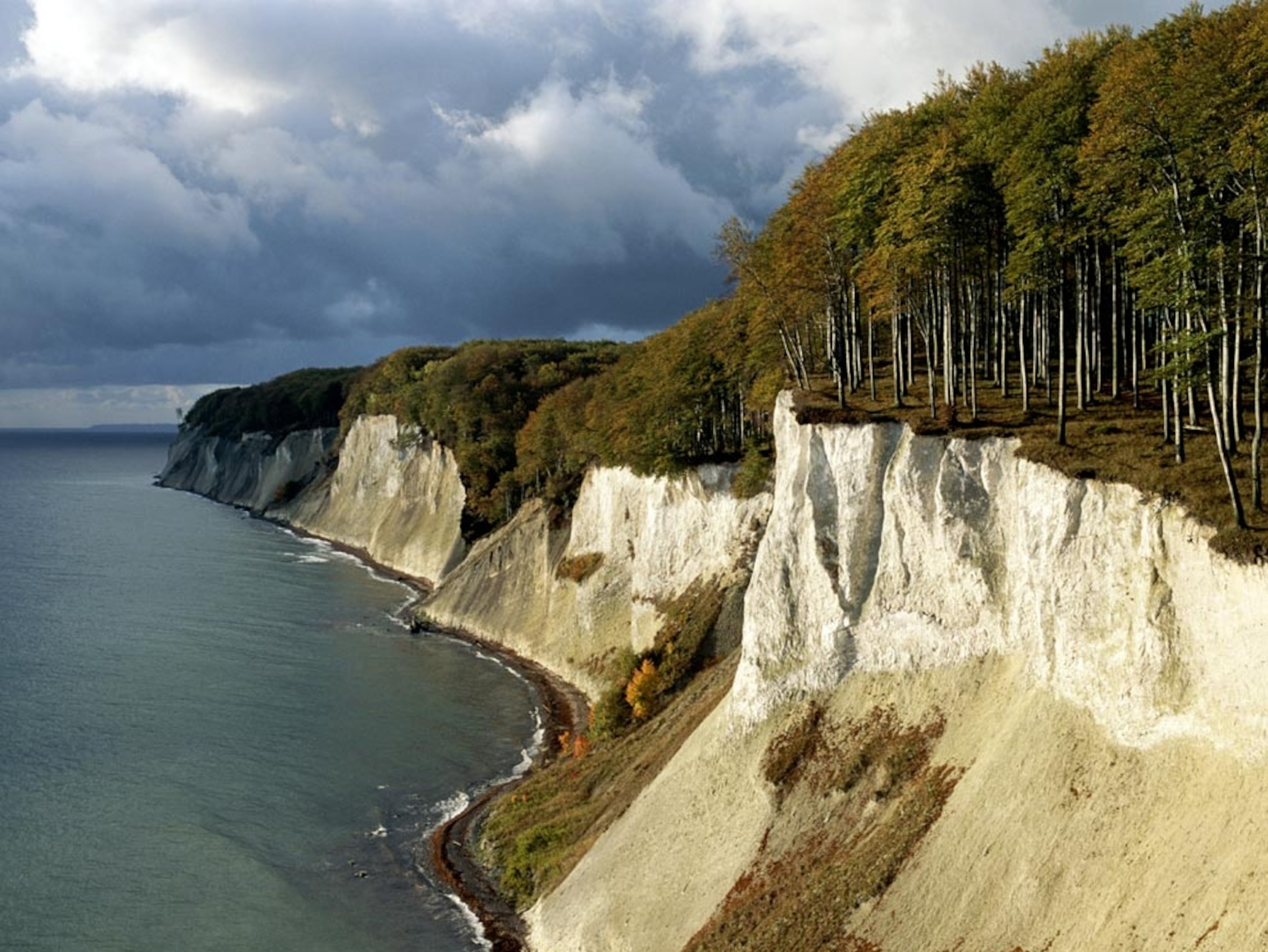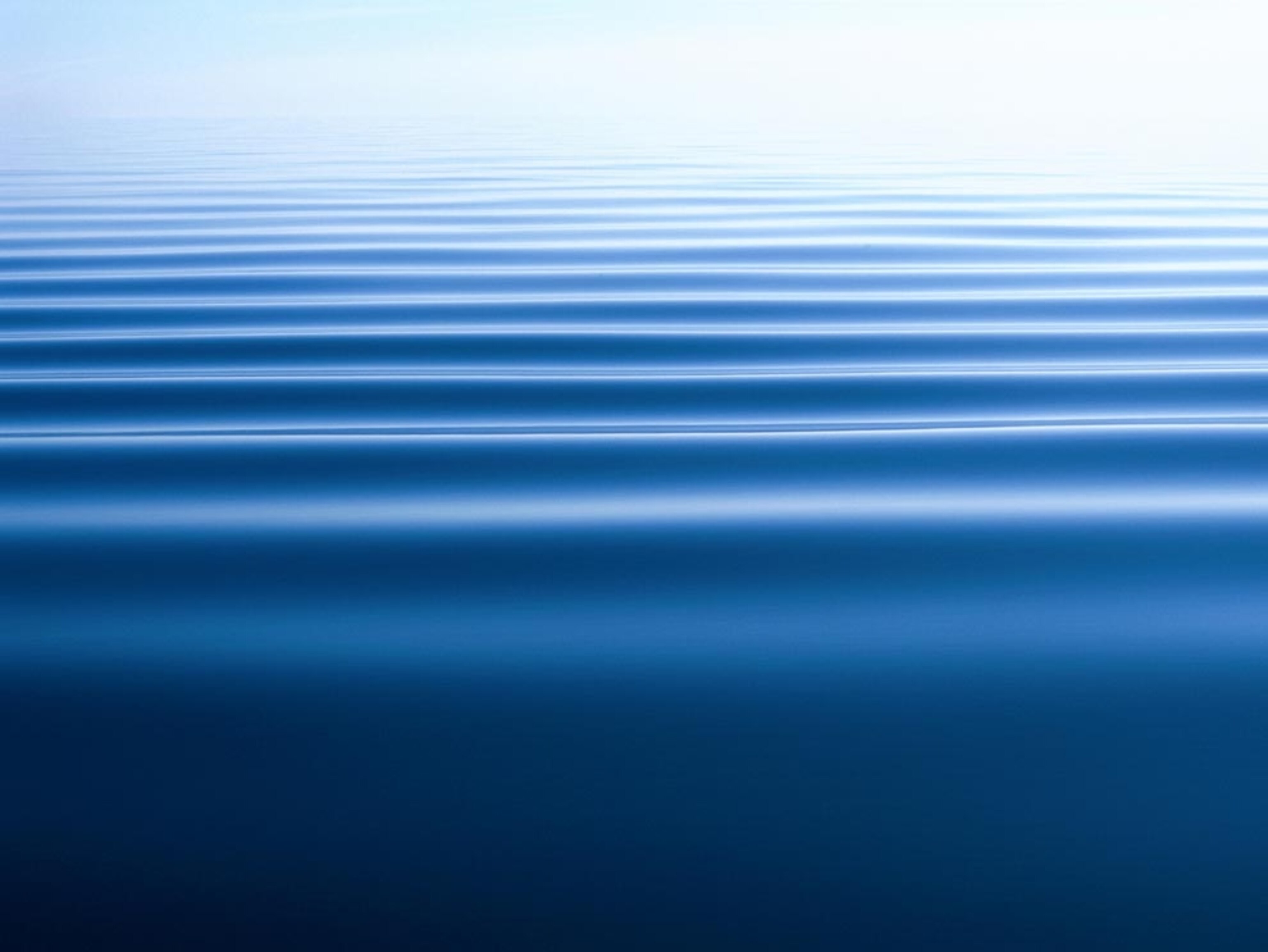The coastline, that narrow strip of land that borders the sea along a continent or an island, is an ideal place to see a constantly-changing landscape. The nonstop wave action there means nothing ever stays the same. Breakers gnaw away at cliffs, shift sand to and fro, breach barriers, build walls, and sculpt bays. Even the gentlest of ripples constantly reshape coastlines in teeny, tiny ways—a few grains of sand at a time.
Glaciers, rivers, and streams deliver a steady supply of building material for nature's unending job. And not to be outdone, the tectonic forces that move giant pieces of Earth's crust will periodically bump the bedrock and squeeze fresh lava out.
Formed by the Ocean
Waves are the busiest sculptors on the coastline. Built up by winds far out at sea, they unleash their energy and go to work when they break on the shore. The upward rush of water, called swash, delivers sand and gravel to the beach. On the return, backwash carries sand and gravel out to sea. Since waves usually hit the beach from one side or the other but always return at a right angle to the beach, the motion moves sand and gravel along the shore.
The ebb and flow of the tides is an added partner in the dance of breaking waves and shifting sands, helping to sculpt an array of landforms for temporary display, such as narrow spits, barrier islands, and lofty dunes. The delivery of sediment from muddy rivers and streams keeps the coastal construction on the go.
Along much of the coastline, pounding waves slowly chip away the base of cliffs, forcing chunks of rock to crumble and slide into the sea. Where a band of solid rock gives way, waves claw at weaker clays behind to sculpt a cove or a bay. Headlands form where the coastline gives on either side, leaving a lone rocky mass to get hammered by the sea.
Related Topics
You May Also Like
Go Further
Animals
- This ‘saber-toothed’ salmon wasn’t quite what we thoughtThis ‘saber-toothed’ salmon wasn’t quite what we thought
- Why this rhino-zebra friendship makes perfect senseWhy this rhino-zebra friendship makes perfect sense
- When did bioluminescence evolve? It’s older than we thought.When did bioluminescence evolve? It’s older than we thought.
- Soy, skim … spider. Are any of these technically milk?Soy, skim … spider. Are any of these technically milk?
- This pristine piece of the Amazon shows nature’s resilienceThis pristine piece of the Amazon shows nature’s resilience
Environment
- This pristine piece of the Amazon shows nature’s resilienceThis pristine piece of the Amazon shows nature’s resilience
- Listen to 30 years of climate change transformed into haunting musicListen to 30 years of climate change transformed into haunting music
- This ancient society tried to stop El Niño—with child sacrificeThis ancient society tried to stop El Niño—with child sacrifice
- U.S. plans to clean its drinking water. What does that mean?U.S. plans to clean its drinking water. What does that mean?
History & Culture
- Meet the original members of the tortured poets departmentMeet the original members of the tortured poets department
- Séances at the White House? Why these first ladies turned to the occultSéances at the White House? Why these first ladies turned to the occult
- Gambling is everywhere now. When is that a problem?Gambling is everywhere now. When is that a problem?
- Beauty is pain—at least it was in 17th-century SpainBeauty is pain—at least it was in 17th-century Spain
- The real spies who inspired ‘The Ministry of Ungentlemanly Warfare’The real spies who inspired ‘The Ministry of Ungentlemanly Warfare’
Science
- Here's how astronomers found one of the rarest phenomenons in spaceHere's how astronomers found one of the rarest phenomenons in space
- Not an extrovert or introvert? There’s a word for that.Not an extrovert or introvert? There’s a word for that.
- NASA has a plan to clean up space junk—but is going green enough?NASA has a plan to clean up space junk—but is going green enough?
- Soy, skim … spider. Are any of these technically milk?Soy, skim … spider. Are any of these technically milk?
Travel
- What it's like to hike the Camino del Mayab in MexicoWhat it's like to hike the Camino del Mayab in Mexico
- Is this small English town Yorkshire's culinary capital?Is this small English town Yorkshire's culinary capital?
- This chef is taking Indian cuisine in a bold new directionThis chef is taking Indian cuisine in a bold new direction
- Follow in the footsteps of Robin Hood in Sherwood ForestFollow in the footsteps of Robin Hood in Sherwood Forest














